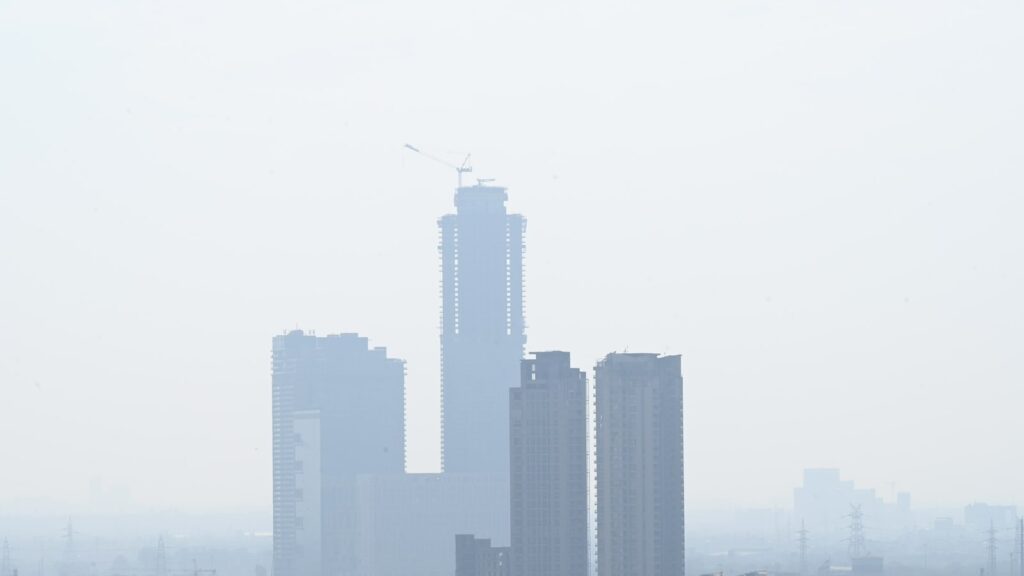After a year’s reprieve, New Delhi is back to being the world’s most polluted capital as per Swiss firm IQAir’s assessment of cities’ air quality in 2023. New Delhi’s annual population-weighted PM 2.5 concentration of 92.7 μg/m3 is 19 times the World Health Organization’s annual limit recommended in 2021 for the pollutant. The picture is no better as far as the larger Union Territory of Delhi is considered — an annual PM2.5 record of 102.1 μg/m3 makes it the third most polluted city globally.
Delhi may have hogged the headlines on air pollution, but the problem is far from unique to metropolises. IQAir’s findings reveal that even lower-tier cities and towns in India are choking because of very poor air quality. Indeed, Begusarai in Bihar is the world’s most polluted city. Somewhat industrialised, with housing among others an oil refinery, Begusarai is primarily agrarian. And Begusarai is not an outlier: Mullanpur in Punjab, which is transitioning to an urban settlement, and Siwan in Bihar are among the 42 Indian cities/towns that are among the 50 most polluted globally.
Many judicial pronouncements have upheld “the right to clean air” as a corollary of the fundamental right to life and pushed governments to act. But Delhi’s bad air is despite the introduction of CNG in public transport and the building of a metro network in the early years of this decade, and despite the presence of a Graded Response Action Plan (GRAP) that kicks in when the air turns bad and becomes more stringent as the air quality worsens.
Improving air quality across Indian cities requires three fundamental changes. One, governments have to turn to science to understand, measure, and monitor the problem (Delhi, the city whose bad air gets the most attention and budgetary support is yet to have a reliable real-time source apportionment dashboard). Two, they have to understand that the response will have to include behavioural changes and use a combination of incentives and penalties to achieve this. And three, pollution needs to be framed differently, clean air has to be seen as a common public good, and battling air pollution must become a key political issue: In 2019, the BJP and Congress discussed strengthening the National Clean Air Programme in their manifestos. To be sure, it is not just the responsibility of the Centre or a battle for courts to wage, but a fight that state and municipal governments have to be a part of. This is the battle for our future.
Continue reading with HT Premium Subscription
Daily E Paper I Premium Articles I Brunch E Magazine I Daily Infographics


